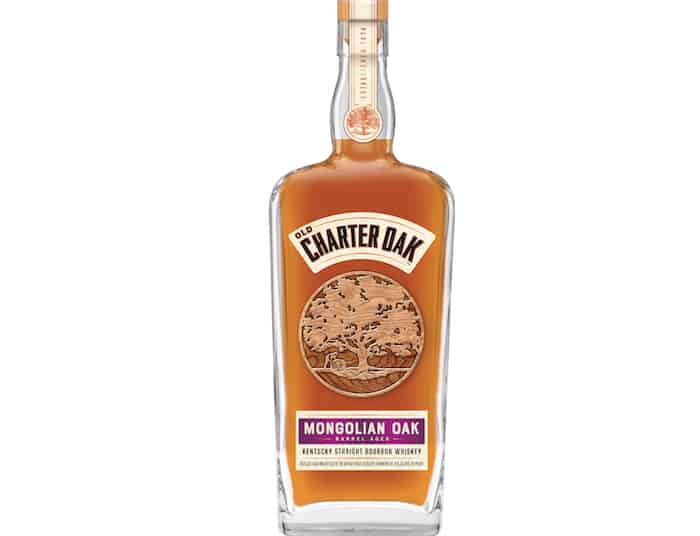The Buffalo Trace distillery in Kentucky is a whiskey making powerhouse from which a range of bourbons emerge, including such top shelf favorites as those from the E.H. Taylor, Jr. line. Those who work there, however, feel there’s room for more, and to this end have launched a new series called Old Charter Oak that will explore “how barrels made from trees that grew in different countries, climates, and soil … affect the flavors of the whiskey.”
The new Old Charter Oak bourbons, according to those behind them, will take advantage of a sort of loophole in American liquor regulations which stipulate how this whiskey style is made. While the law calls for something named bourbon to be aged in a “new, charred oak container,” it doesn’t specifically call for American white oak. This is something the craft whiskey scene has been exploring greatly, so it makes sense the big guys such as Buffalo Trace would get into it as well.

Put another way, as the distillery noted,
most bourbon whiskey is aged in oak from the American Ozarks, but Buffalo Trace Distillery wondered if barrels made from oak trees grown in China, or Canada, or France would create bourbons with a different taste profile. What about trees grown in different states? Does a barrel produced from a tree grown in Georgia differ from a barrel produced from a tree grown in Oregon? Further, what about red oak, or pin oak, or laurel oak, would barrels produced from these oak species produce bourbons with different taste profiles?
First up for the Old Charter series is Mongolian Oak, a bourbon aged in barrels from trees grown in Mongolia. This wood was sourced by Buffalo Trace master distiller Harlen Wheatley in 2006, but it was 2008 before the barrels arrived at Buffalo Trace and were filled with Buffalo Trace’s Mash #1. Aged 10 years, the Mongolian Oak is said to taste “vastly different from bourbons aged in barrels made from traditional American white oak” and that “although not overpowering, this new whiskey is full bodied.”
“We know, from previous research we’ve done,” said Wheatley in a prepared statement, “how important oak is to the final taste profile. The barrel is responsible for about 50% of the flavor profile in bourbon. So it only made sense to take that one step further and see how different barrels from different oak tree varieties would taste in comparison to what we think of as ‘traditional’ oak barrels.”
Plans call for this first release to be made available this month in limited numbers, bottled at 90 proof and pricing around $70 per 750 ml bottle. It will be followed in 2019 by be two other new releases, from oak trees harvested from other countries. Subsequent releases, which will be presented in a glass bottle with a cork finish and sporting an oak medallion on the front depicting the Charter Oak tree, are planned a few times each year, indefinitely. The oak trees used for this brand will vary by country of origin, or species, or U.S. state. Some barrels are even made from century oaks, 100, 200, or 300 year old oak trees.
“As of now, we have bourbon aging for the Old Charter Oak collection set for release now through 2030, but we’ll keep producing more each year for more new whiskeys beyond that,” noted Kris Comstock, senior marketing director for Buffalo Trace.
You’ll find some official tasting notes for Old Charter Oak Mongolian Oak below for your consideration. It should be noted as well that, for those wondering about the fate of the original Old Charter label, it is said it will still be produced by the distillery’s parent company, Sazerac, who purchased it back in 1999 (the Oak bottlings are being promoted as an upscale line extension). The brand as a whole dates back to 1874, “when Adam and Ben Chapeze created the bourbon, naming it in honor of the Charter Oak tree, a famous symbol of American independence and free spirit, which grew in Connecticut in the 12th or 13th century until it fell in a storm in 1856.”
Mongolian Oak delivers a nose of pecan, caramel and pine. Sip this bourbon and discover notes of cedar, clove, butterscotch and dark chocolate, with a finish of black pepper and smoked oak.








